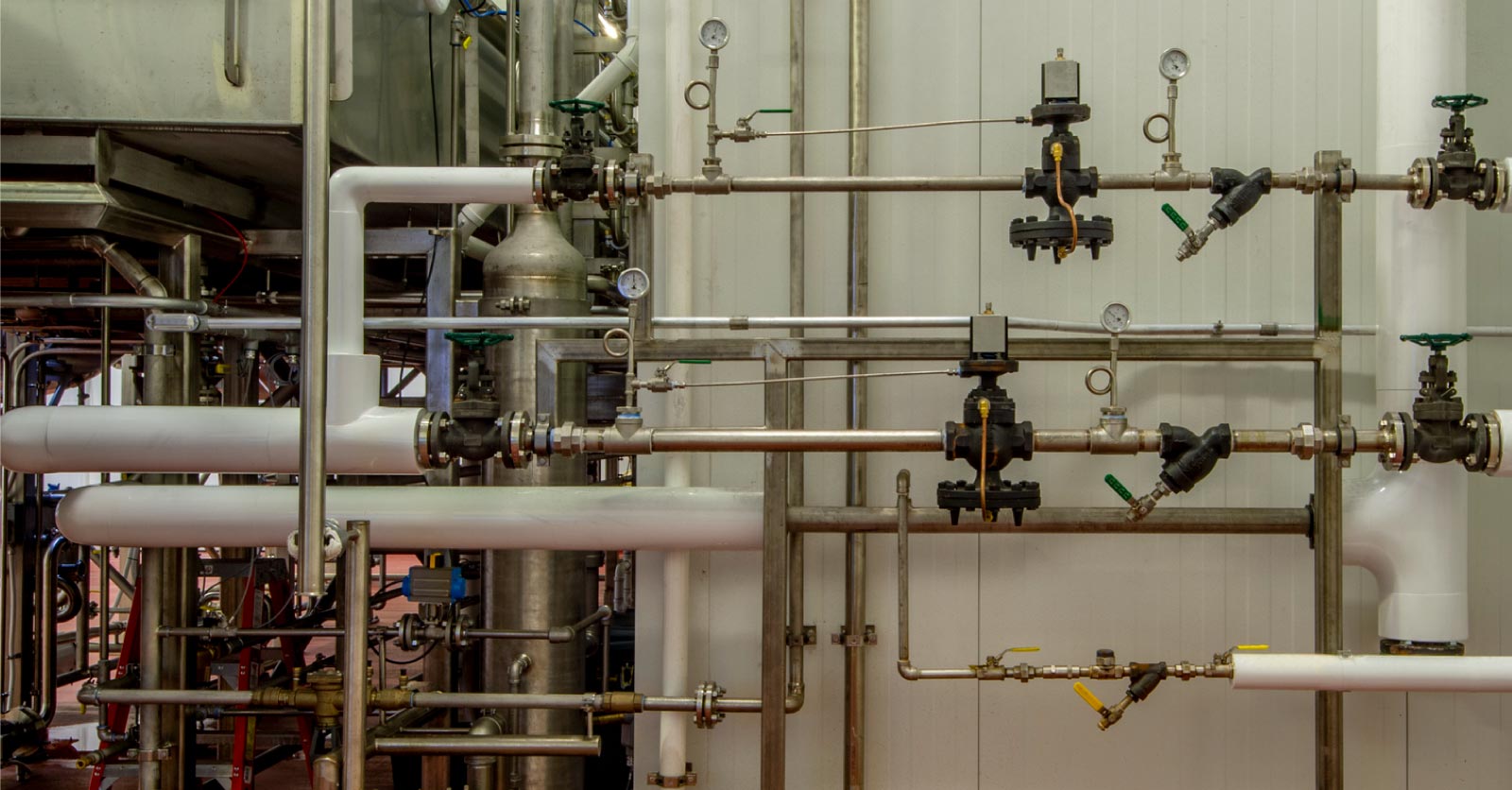 I recently read a book by Charles Duhigg titled, The Power of Habit: Why We Do What We Do in Life and Business. The book was introduced to me during a presentation on this subject at the Master Mind meeting I attended in Florida this past July.
I recently read a book by Charles Duhigg titled, The Power of Habit: Why We Do What We Do in Life and Business. The book was introduced to me during a presentation on this subject at the Master Mind meeting I attended in Florida this past July.
Duhigg uses real-life stories to illustrate his points about the neuroscience of the anatomy of habits. He begins by explaining how habits affect people individually and then details how habits can affect an entire society and culture.
Science shows that there’s an area in the brain called “basal ganglia.” This part of the brain is nestled deep inside our brain matter. One of the Golden Rules of Habit Change is that habits are so ingrained in this part of the brain, that once all of the different processes have been established to form a habit, it can never be extinguished—it can only be changed.
When a habit emerges, the brain stops consciously participating in the decision-making process. It’s nature’s way of preventing our mind from spending so much time and energy on the task that has been formed into a habit. This leaves brain power to complete the non-habit task at hand. Imagine if our brain had to re-think every process that goes on in our mind and body every second of our life. It was jokingly explained to me that our heads would have to be enormous and our way of birthing would need to drastically change.
To understand the science of habits, we must first realize that all habits begin with a change in perception and we will not be able to change any of our habits until this happens. Duhigg explains what a habit loop is and how it functions (see photo below right): We embark on a routine, that gives us a reward because of a cue that we received.
 What was surprising to me was that willpower had very little to do with forming a habit. This was very encouraging, because, willpower does nothing for me after I’ve eaten supper, my husband and I are out for a drive, and we drive by our favorite frozen yogurt place, The Kool Moose Café!
What was surprising to me was that willpower had very little to do with forming a habit. This was very encouraging, because, willpower does nothing for me after I’ve eaten supper, my husband and I are out for a drive, and we drive by our favorite frozen yogurt place, The Kool Moose Café!
Initially it may seem discouraging that habits can never be destroyed, however, when we stop and begin to analyze how the habit is formed, we can begin to understand how to change our habits.
For instance, a colleague of mine decided that he wanted to form a habit of running every day. He determined that his reward would be to track his progress on how many miles he runs every day. Theroutine is running. He decided that his cue would be to set a pair of sneakers in front of the bathroom so that he would see them when he woke up in the morning.
Alcoholics Anonymous is a perfect example of how to break the habit of drinking alcohol. It succeeds because it helps alcoholics use the same cues (stress, for example), to get the same reward (relieving stress by shifting the routine [calling a sponsor]). AA encourages members to identify the cues and rewards that encourage their alcoholic habits and, then helps them find new behaviors.
To change an old habit you must address an old craving and take an honest self-inventory; same cue, same reward and new routine. Belief plays a crucial role in developing durable new habits. Replacement habits only become durable new habits when they are accompanied by a belief that they can change and that things will get better. Clearing your “head trash” is crucial in establishing this belief. A key role in this process is to find someone or a group of people to support your change and bolster your belief. This can be achieved from a number of places — AA, Weight Watchers, a church group, a gym membership, a running club or coach/trainer.
HOW TO CHANGE A HABIT:
-
-
- Have a burning desire for change
- Perform an honest self-inventory of habits
- Identify your habit routine
- Experiment with rewards (identify what’s driving the behavior)
- Isolate the cue(s) immediately preceding the action (location, time, emotional state, other people, etc.)
- Develop a plan for change
- Seek support
-
If all of this sounds interesting and you want to read more about habits and their role in our society, read Charles Duhigg’s The Power of Habit: Why We Do What We Do in Life and Business.







